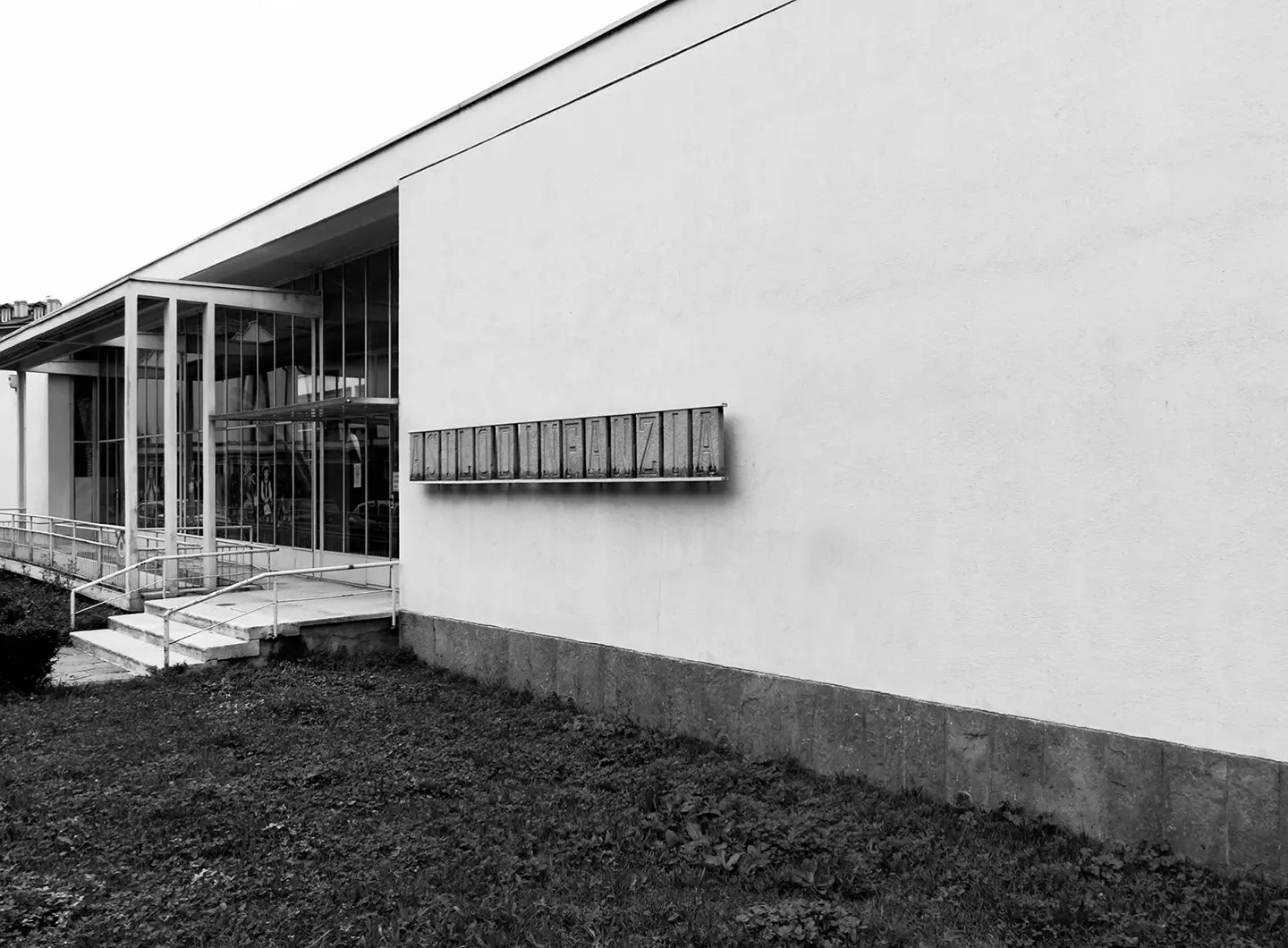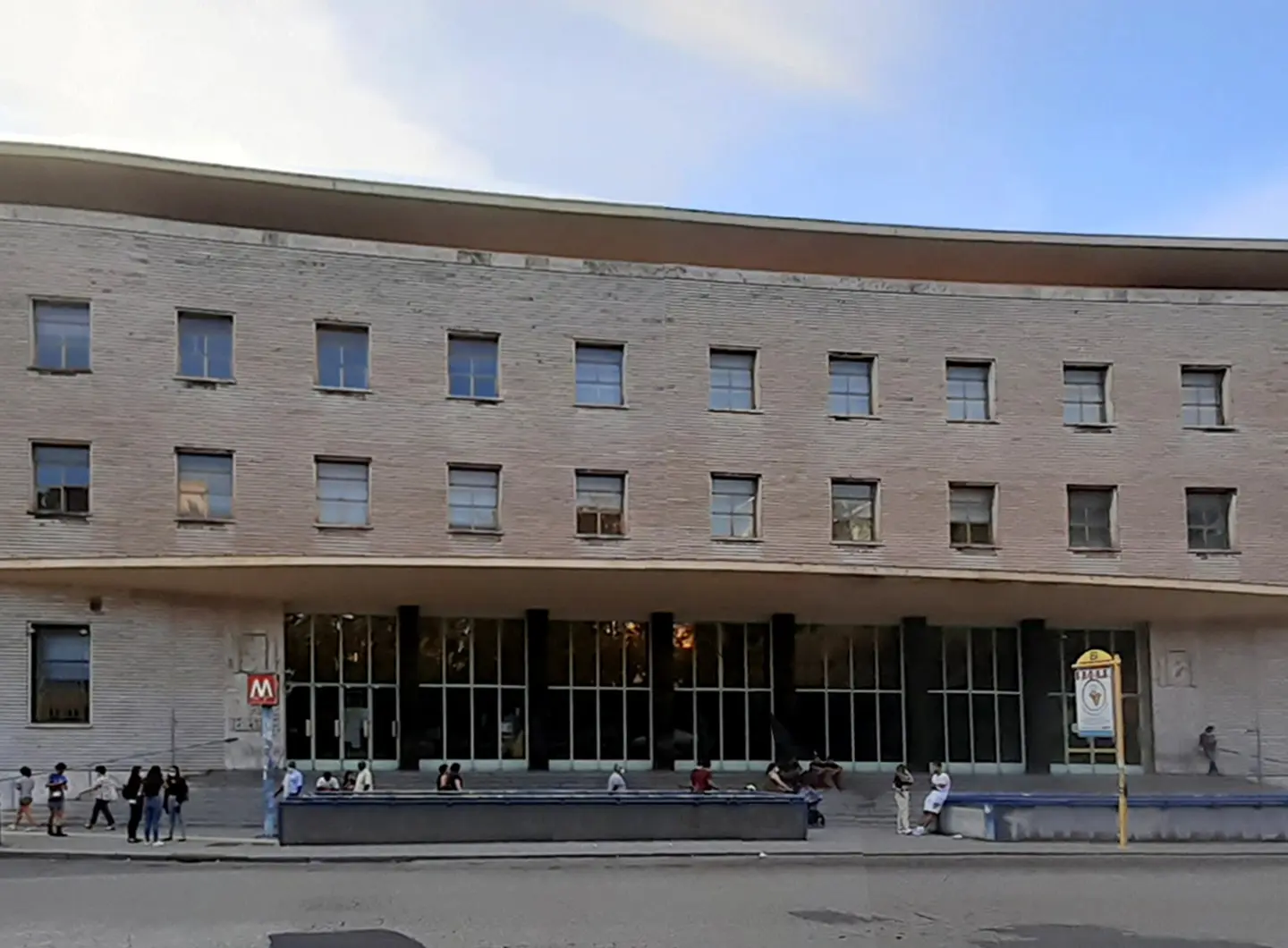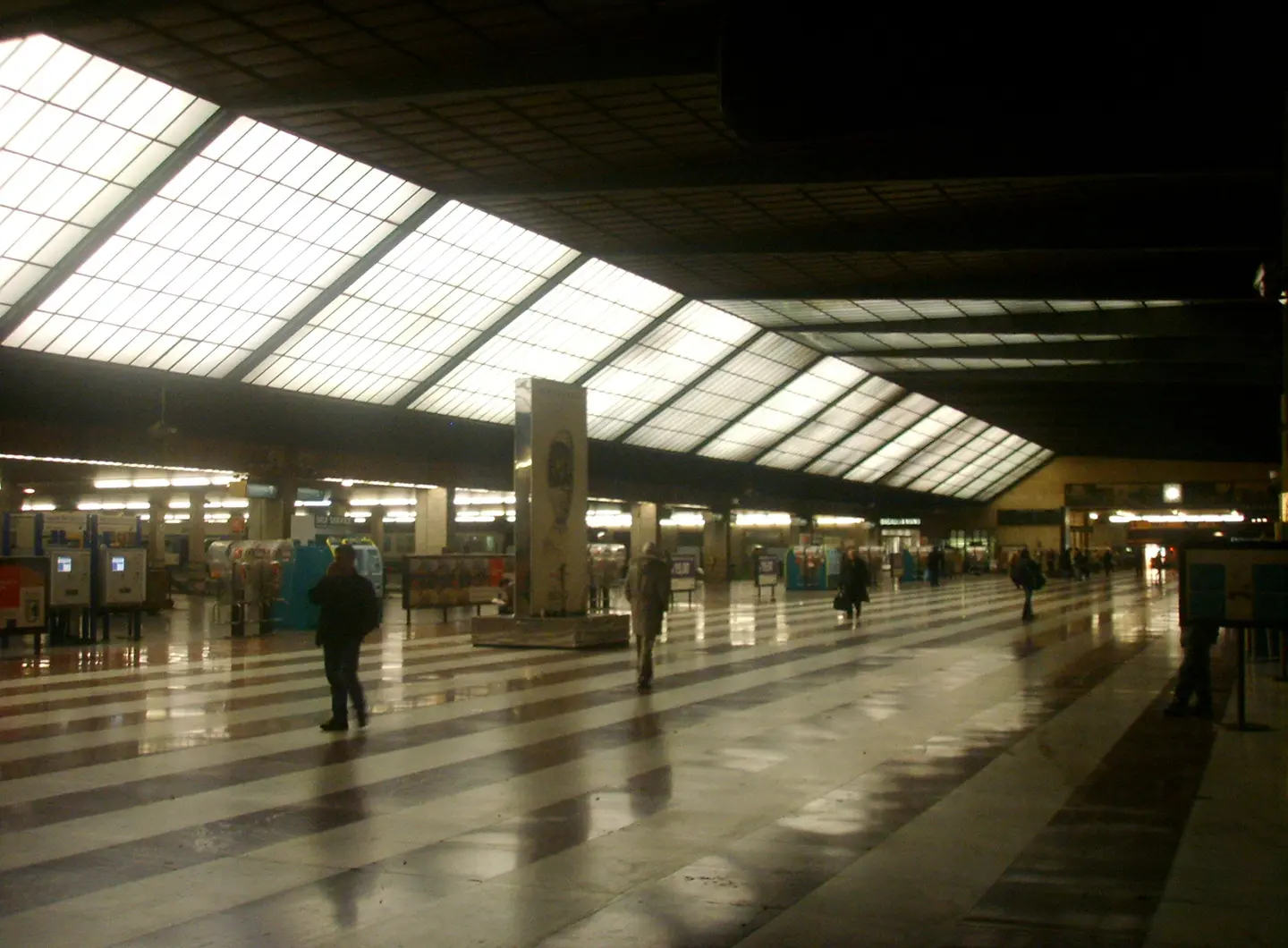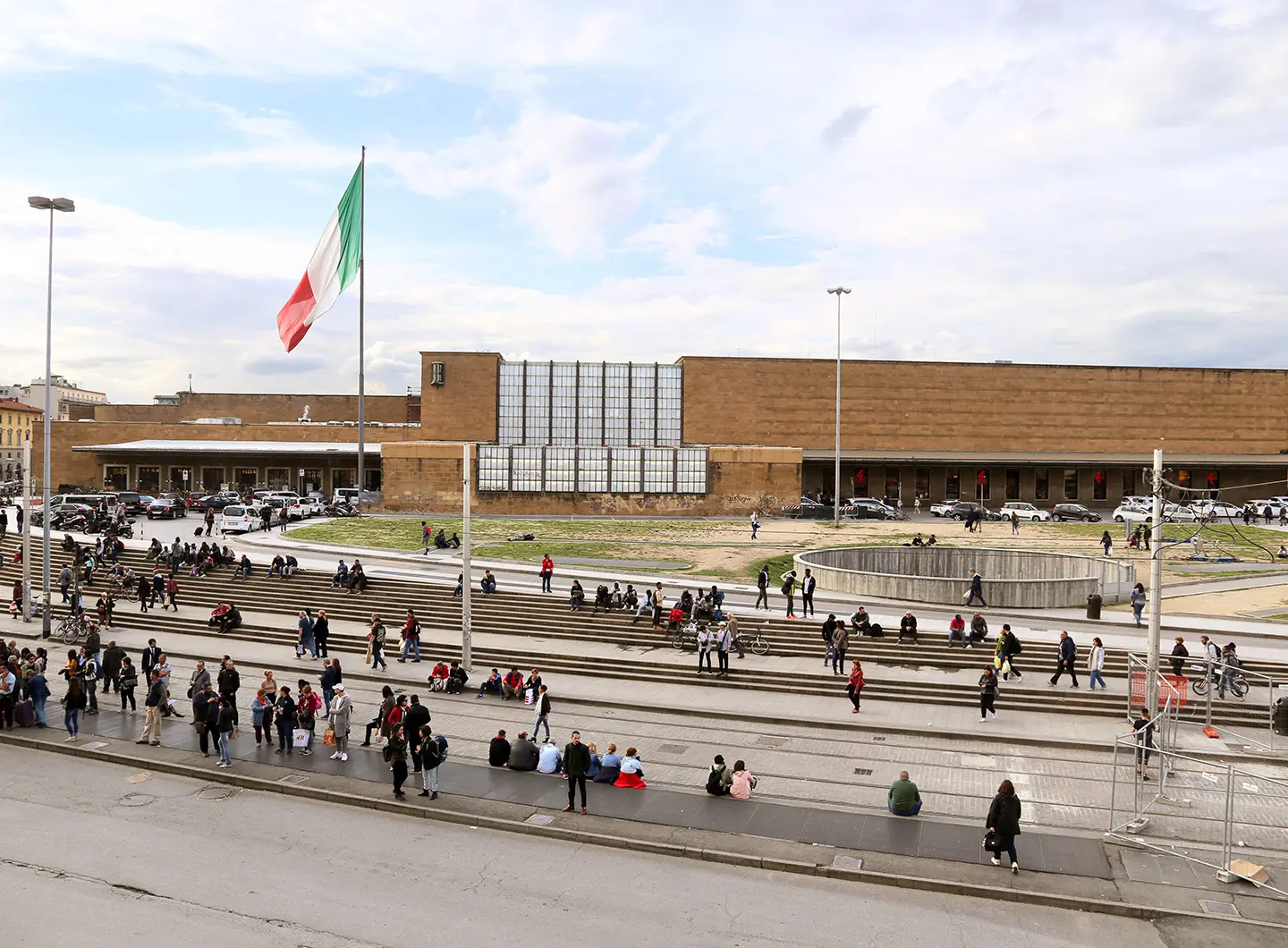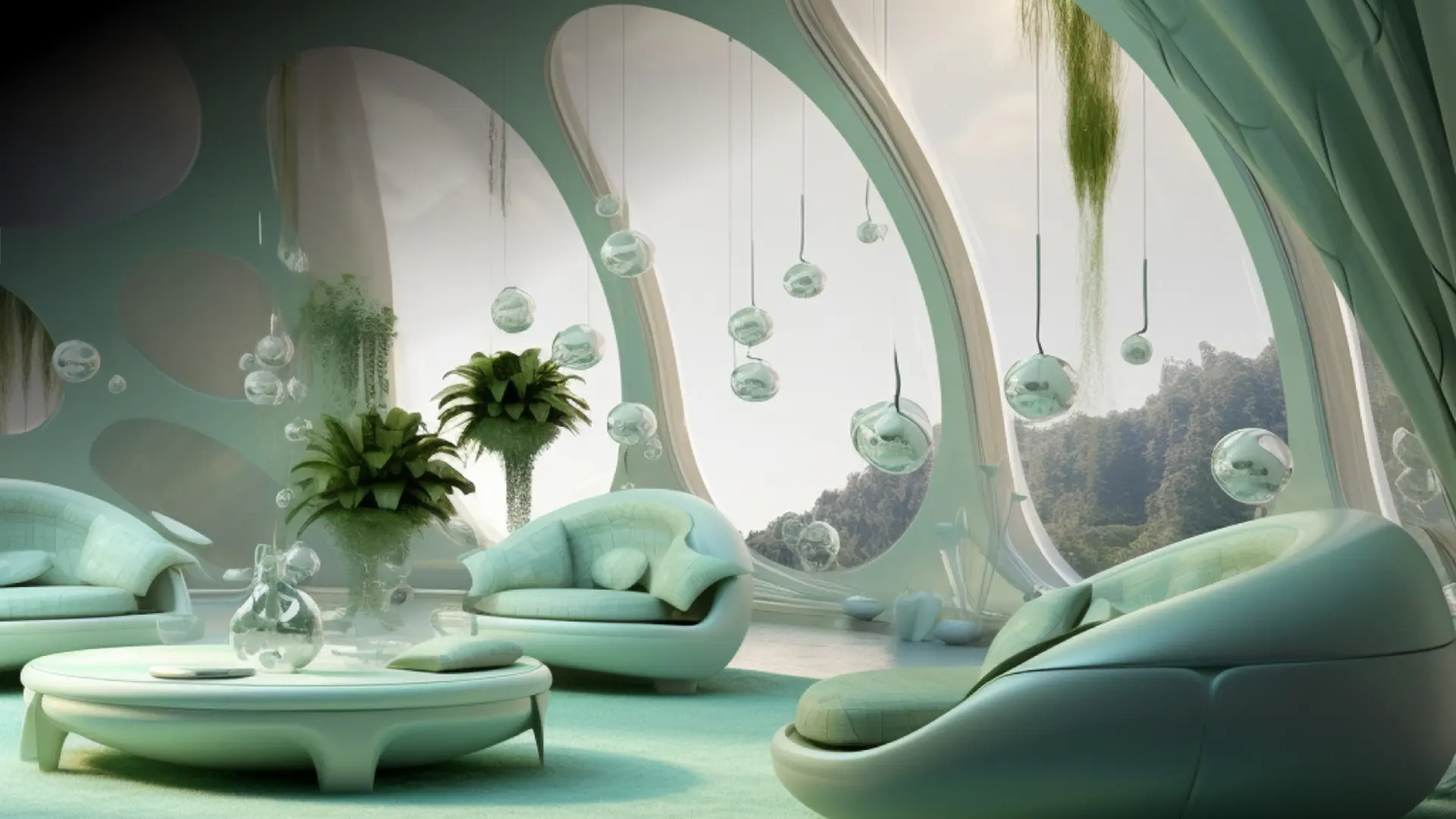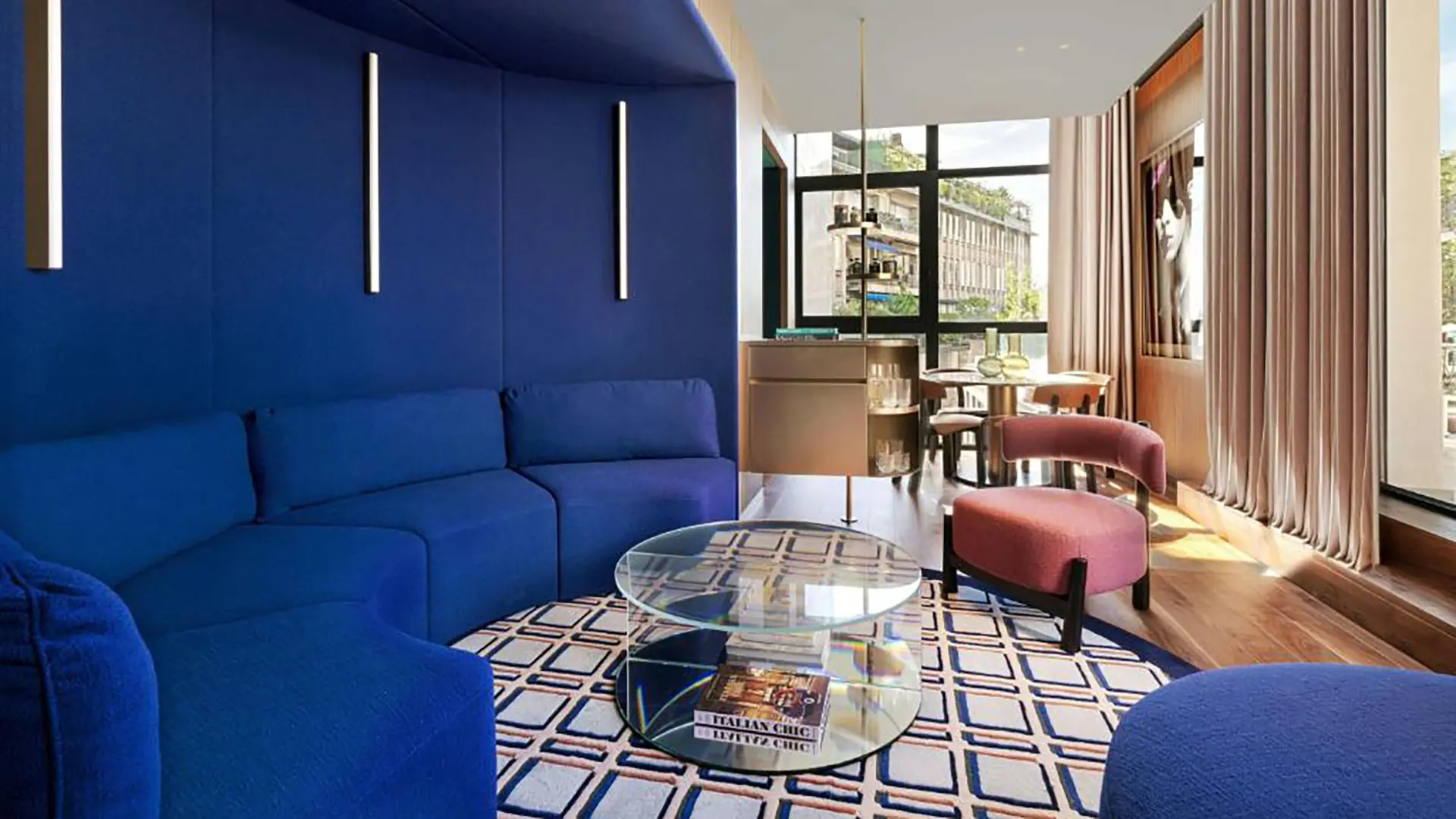From the Tokyo Design Awards, to the NY Product Design Awards & Architectural Design Awards, Best in Design, the NEB Trophy Design Competition, the Good Design Awards® and the Africa International Design Awards (AIDA), all the international news not to be missed in 2026
Rationalist architecture: in search of timeless style
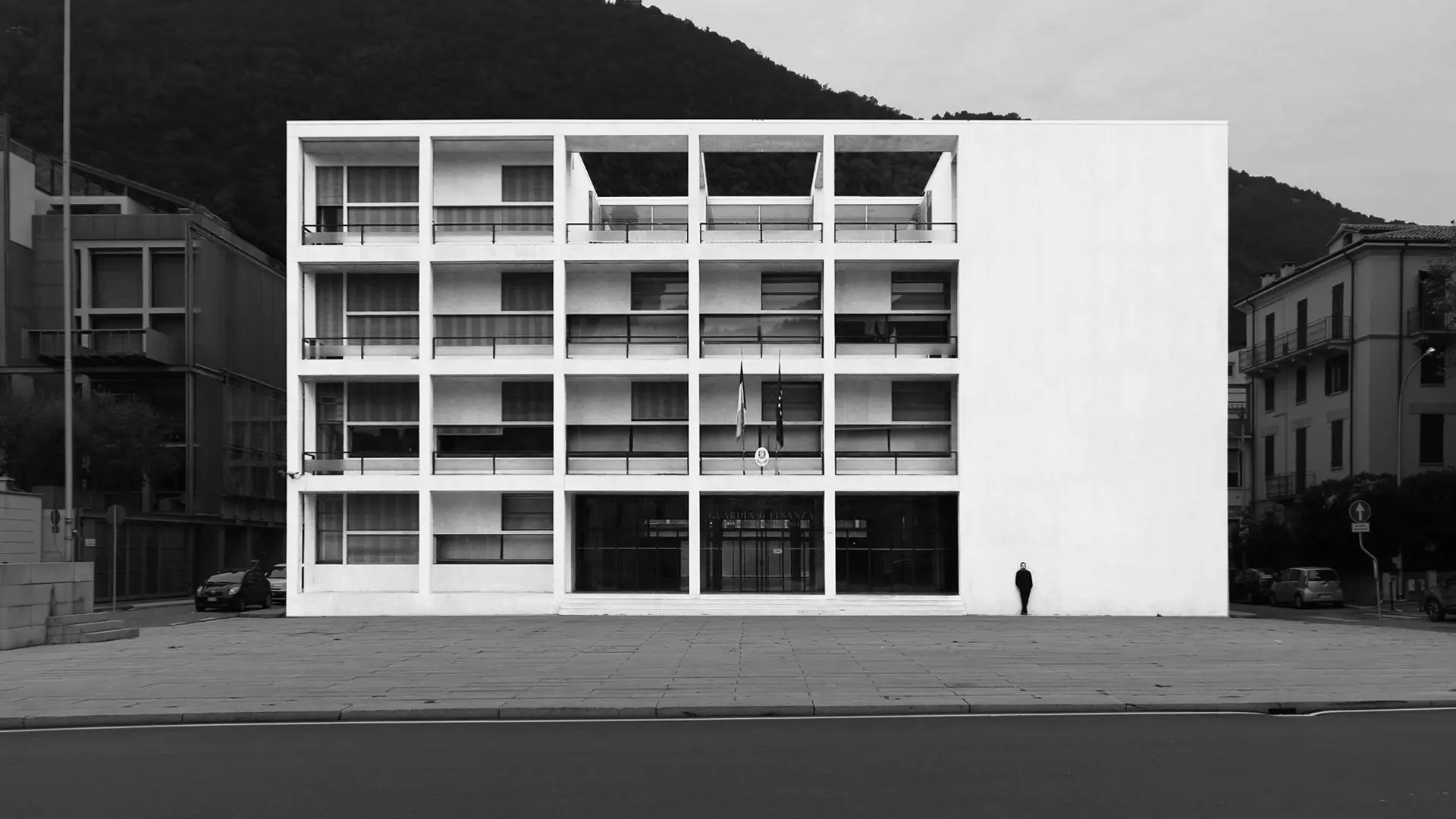
Casa del Fascio, Como
Pure volumes, minimal or non-existent decoration, primacy of functionality, harnessing new materials: from the Casa del Fascio in Como to the railway station in Florence, the story of an experimental period that, after almost a century and several attempts at damnatio memoriae, remains a tangible presence in Italy.
Railway stations, post offices, educational buildings, seaside colonies, factories, fascist houses, cinemas, villas and residences, shops, installations: the period of rationalist architecture in Italy was concentrated between the twenties and thirties of the twentieth century. Following the rise of the Modern Movement, the international success and influence of which should also be ascribed to figures such as Le Corbusier, Ludwig Mies van der Rohe and Walter Gropius (and the Bauhaus), almost a century ago, an experimental architectural movement began that was destined to take the country beyond its established and stereotypical linguistic boundaries – albeit temporarily. The results, at least in part, are public buildings that are still in use today.
The origins of rationalist architecture
Two independent exhibitions in Rome and Milan, a few years apart, are seen as the starting point for the history of rationalist architecture. In this regard, the architectural historian Bruno Zevi tells us that, following the fleeting period of futurist architecture, the architectural collective Gruppo 7 was formed in 1926 by a group of graduates from the Polytechnic University of Milan: Luigi Figini, Gino Pollini, Guido Frette, Sebastiano Larco Silva, Carlo Enrico Rava, Giuseppe Terragni and Adalberto Libera (who took the place initially held by Ubaldo Castagnoli), which 'began a quiet campaign of linguistic renewal'.
The highpoint of their endeavours was the Casa Elettrica (1930). The team's only achievement, this small dwelling (16 metres by 8 metres) equipped with all the appliances available at the time of its design, was designed by Figini and Pollini (with Piero Bottoni and other contributions) and exhibited at the IV International Exhibition of Modern Decorative and Industrial Arts in Monza. Demolished a few months later, this domestic prototype (which was neither easy nor cheap to replicate) stood out for the clarity of its floor plan and, among other distinctive features, for its use of cutting-edge materials, from linoleum to metals.
The Rome-based MIAR (the Italian Movement for Rational Architecture) was subsequently founded, with Libera as its secretary. It was this organisation that was responsible for the two Italian exhibitions of rational architecture in 1928 and 1931, the latter inaugurated by Benito Mussolini. Moreover, it was precisely these controversial connections with the regime that had a long-lasting impact on the reputation and perception of rationalist architecture (and its subsequent developments), even leading to cases of damnatio memoriae against structures or complexes that were gradually abandoned or hastily passed off as awkward legacies.
Features and masterpieces of rationalist architecture
Perhaps the best-known example of Italian rationalist architecture, the Casa del Fascio in Como (1932-1936), designed by Giuseppe Terragni, belongs to this period and is considered by many observers to be its masterpiece. Described as a 'lyrical personality' by Zevi, the architect responsible for the Novocomun apartment block (1928-1929), designed a building in his Italian city with 'immaculate cubic stereometry' and boasting four different façades, all designed using the same grid.
During the same period, the Sant'Elia Kindergarten (1934-1937) was also built in Como, again characterised by a reinforced concrete load-bearing structure and generous glazed surfaces. These solutions were partly borrowed from the lessons of the international masters mentioned above, along with a growing interest in maximum functionality and the optimisation of interior spaces. Terragni's life, which was prematurely cut short in 1943 at the age of just 39, is not dissimilar to that of other rationalist designers of his time, who directly or indirectly suffered the fatal repercussions of the Second World War. One of its consequences was the loss of some of the acknowledged rationalist talents, whose mature architectural language we will never know.
Beyond Terragni: other examples of rationalist architecture
Moving from Lombardy down the rest of the peninsula, the works of rationalist architecture that still exist bear witness to a certain constructive vitality that spread throughout the country between the two world wars, supported by public commissions. Currently in use and frequented by 59 million travellers a year, the Santa Maria Novella railway station in Florence is the upshot of a (controversial) architectural competition dating back to 1932. The success of the Gruppo Toscano, led by Pistoia-based architect and urban planner Giovanni Michelucci, gave rise to the complex inaugurated in 1935, with its distinctive pedestrian structure and extensive glass roof.
In Rome, rationalism manifested itself in a variety of works by designers such as Libera, Luigi Piccinato, Mario Ridolfi and Luigi Moretti, among others. In Rome, buildings such as the Post Office in Piazza Bologna (1933-1935) by Ridolfi and Fagioli and the Casa delle Armi or Accademia della Scherma [Fencing Academy] (1933-1937) by Moretti, in the Foro Italico, contributed to the renewal of the capital’s urban fabric with a firm commitment to the use of marble, a material recognised for its expressive power, capable of connecting the modern to the splendour of Roman civilisation.
Read also: Brutalism: from architectural movement to global trend
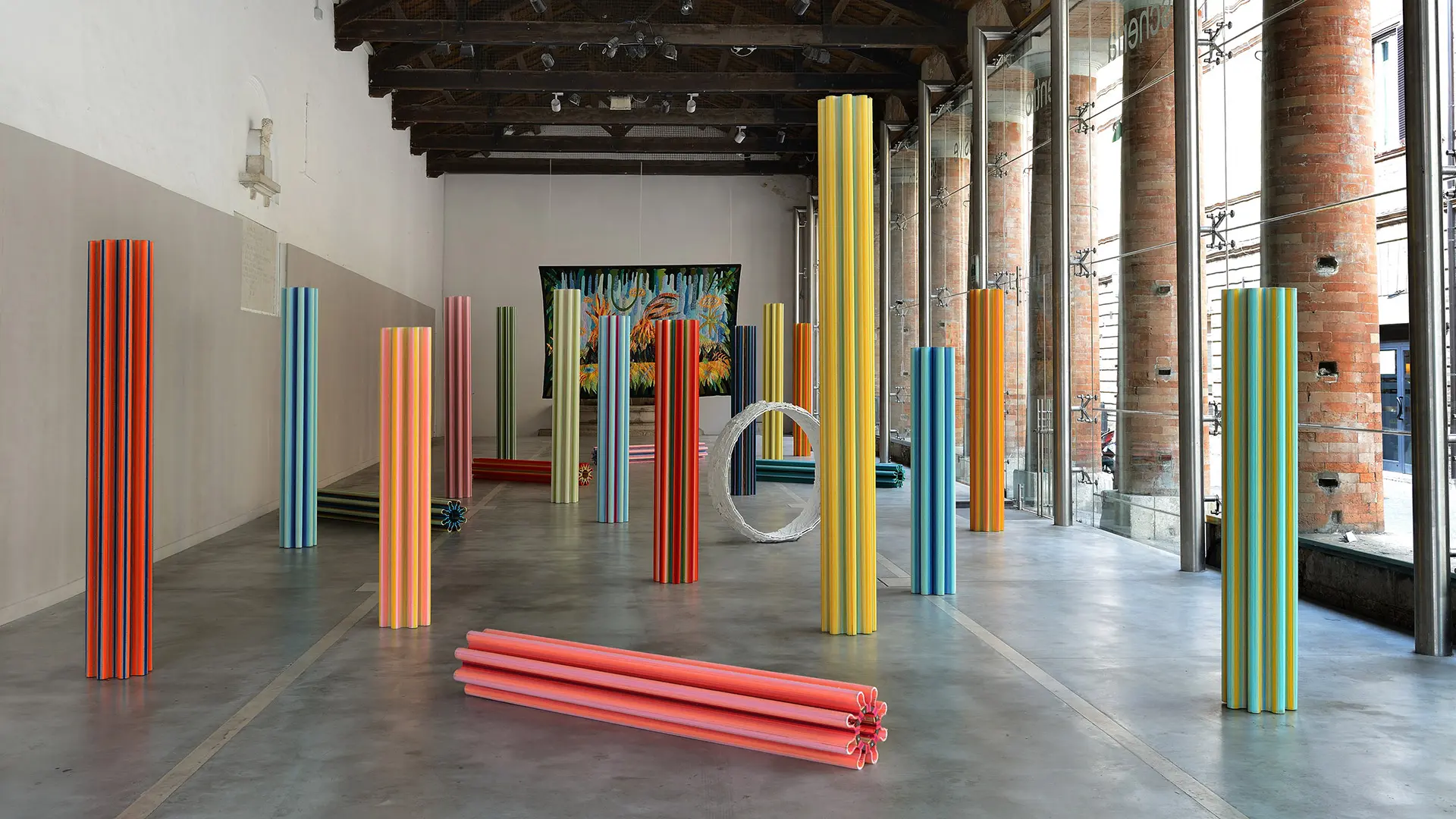
10 design exhibitions to see before the year’s end
They are all Italian and all in some way draw on the theme of memory. This is true even when they deal with current sporting events associated with the imminent inauguration of the Winter Olympics. There are ten of them and for the most part they are held in the most reserved cultural circuits, outside the mainstream. It’s even better when they’re out of town, bringing historic residences to life with gleams and flashes of good design



 Stories
Stories
